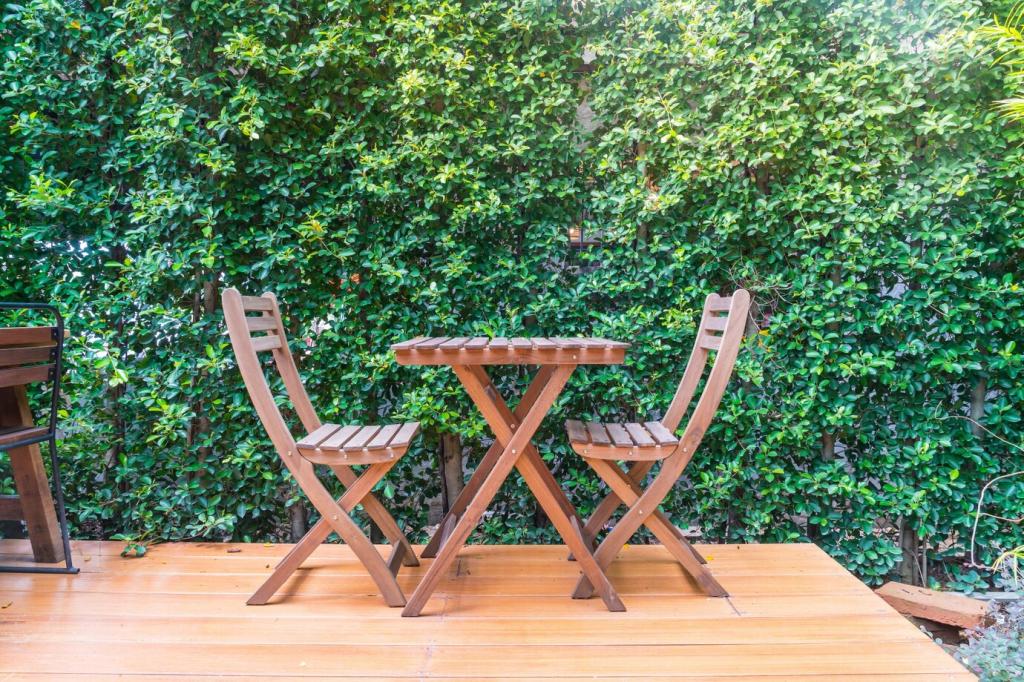Light, Shadow, and Safe Serenity
Use low, shielded fixtures that wash the ground softly and protect dark skies. Light only decision points—steps, junctions, entries—so the path reads clearly. Warm color temperatures feel welcoming, while consistent spacing prevents hot spots and maintains the minimalist sense of quiet restraint.
Light, Shadow, and Safe Serenity
Subtle shadows from grasses, bamboo, or a slatted fence animate simple surfaces without clutter. As leaves sway, the walkway becomes a living canvas. This gentle movement invites slower pacing, turning an ordinary route into a quiet performance that never overwhelms the minimalist composition.






